Prudhomme defends Fleche Wallonne finale as Valverde racks up the wins
'The Mur is the essence of this race' says Tour de France chief
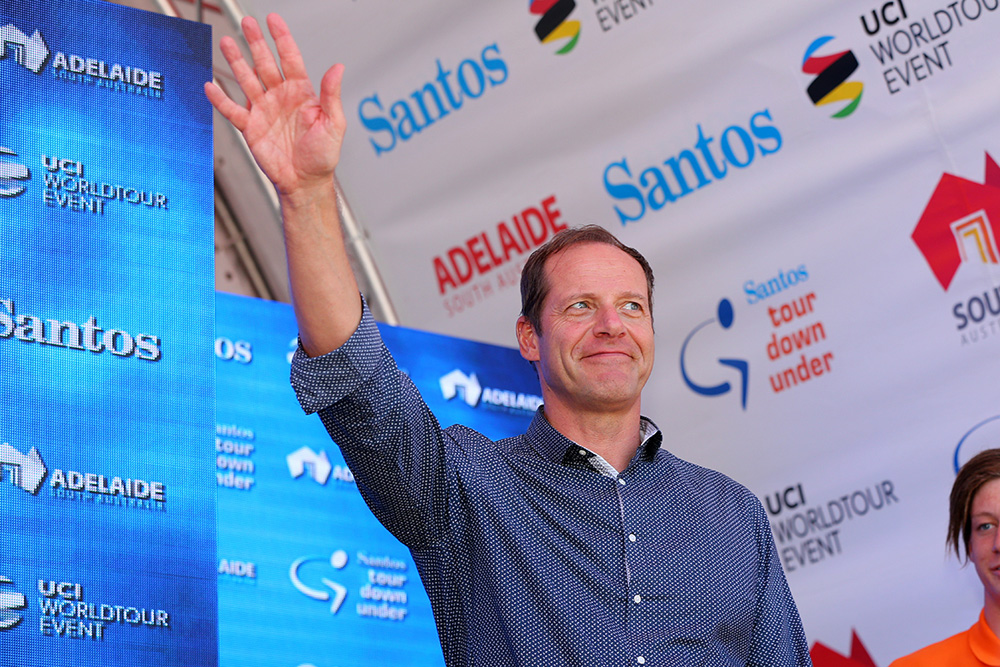
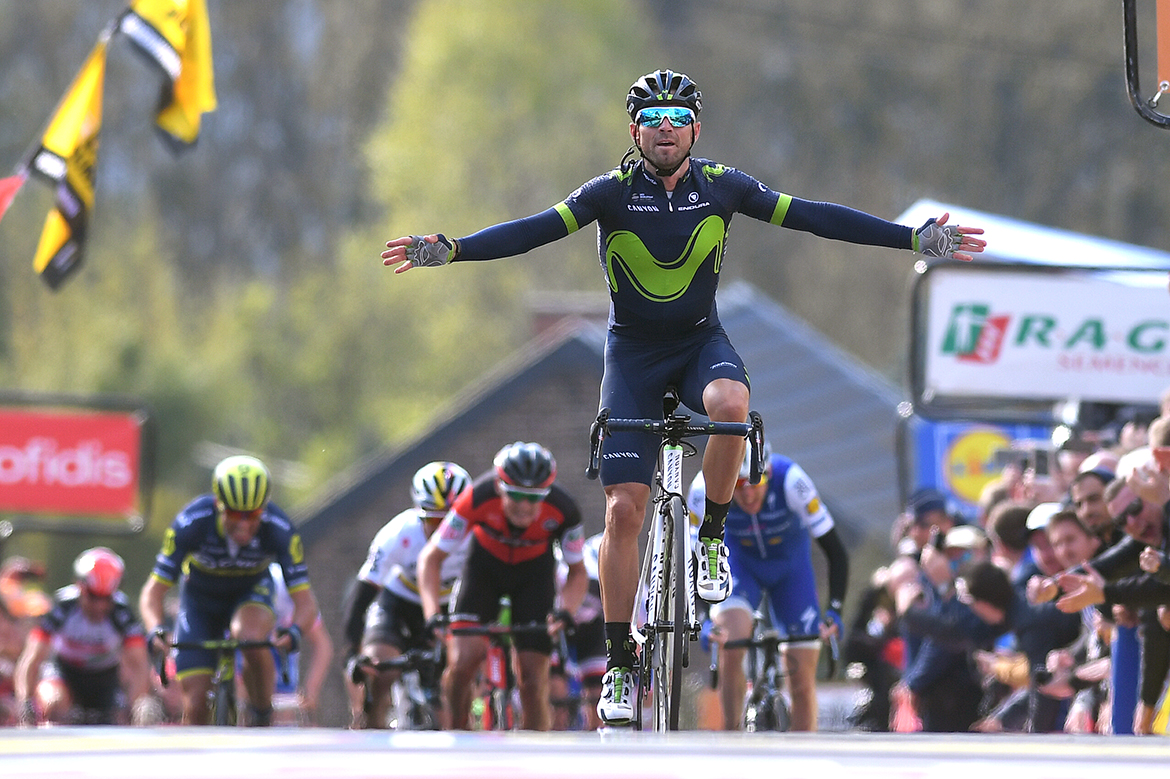
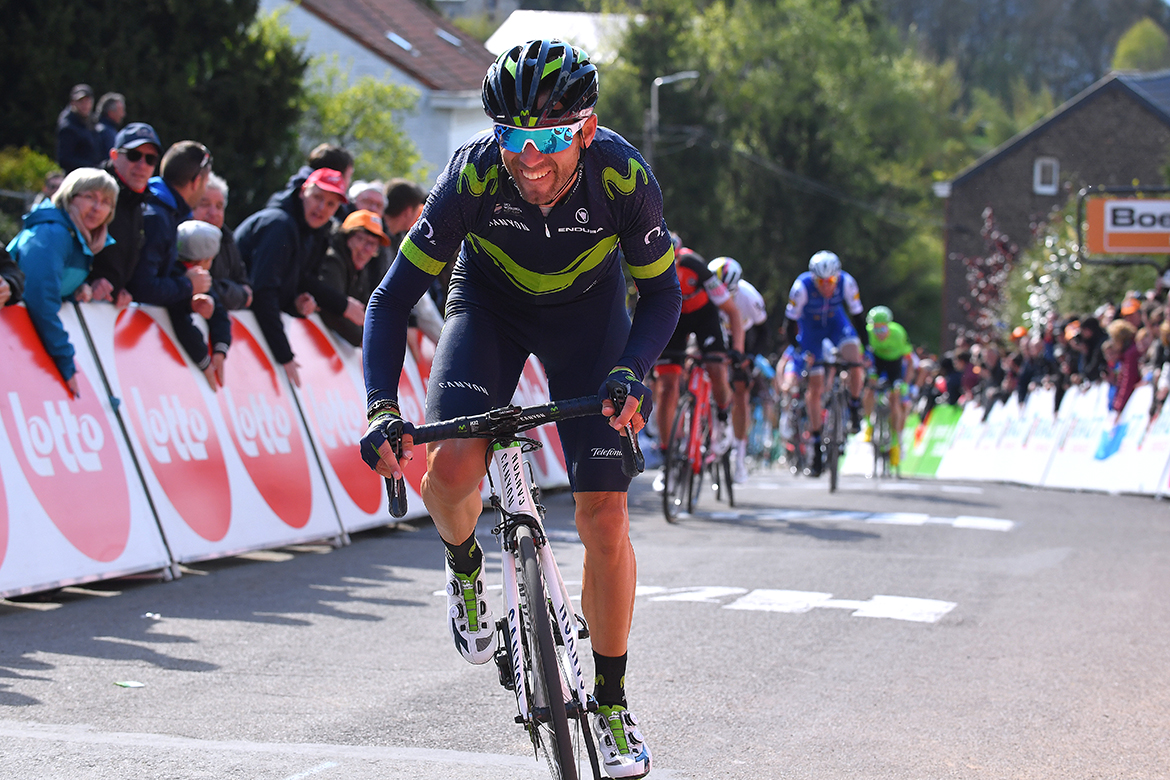
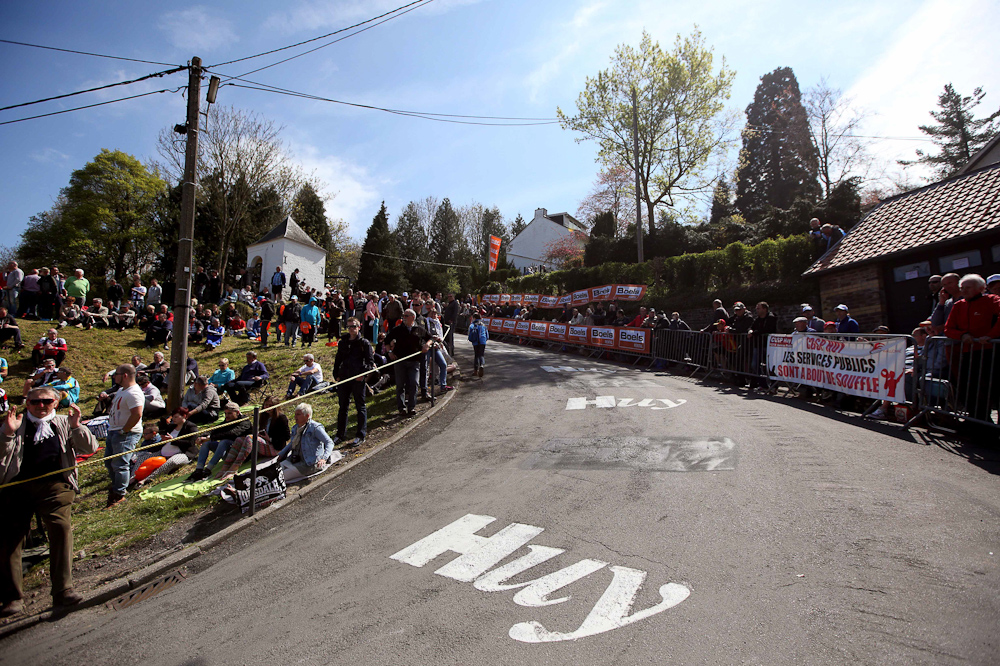
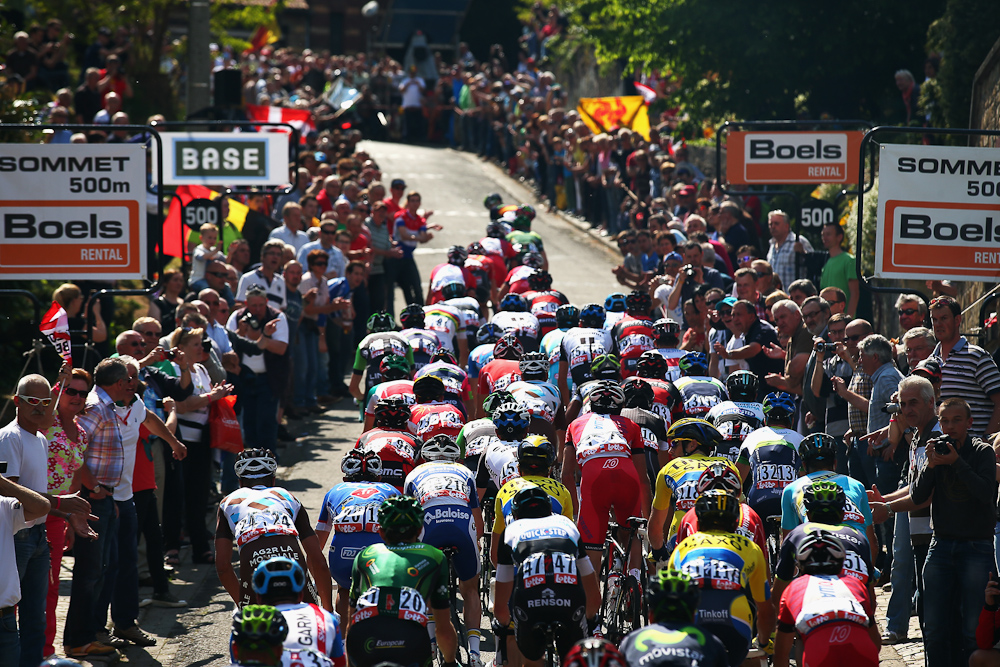
ASO boss and Fleche Wallonne organiser Christian Prudhomme has defended the race route after another year, the fourth in succession, of the race’s domination by Movistar’s Alejandro Valverde.
In an interview with Belgian newspaper La Dernière Heure, Prudhomme argues that despite Valverde winning four times in a row on the Mur de Huy, the mid-week Classic’s format should not change.
Flèche Wallonne has finished on the Mur de Huy since 1984, and remains the only European-based Classic to feature a summit finish.
“The Mur is the essence of this race, the same as the Poggio on Milano-San Remo,” Prudhomme told La Dernière Heure. “I liked this year’s finale [of Fleche], with 40 kilometres of incessant attacking.”
“We had a morning break that gradually shrank away, and then we had a great attack from Bob Jungels. He made a late break in 2016, but was caught at the foot of the Mur. This year he made it half-way up the climb before being overtaken. Once again, it’s there on the Mur that everything is decided, and that’s logical.”
Prudhomme recognised in the interview that the Classics this year, as well as Paris-Nice, has seen more aggressive races and successful attacks coming much further from the finish than usual. But he also pointed out that the race route in Fleche had altered slightly, with the most important climbs coming later on in the race, “and that meant there was more action than in previous years.”
“It’s true that there were lots of riders altogether at the foot of the Mur, but there were a lot of attacks beforehand, too.”
Get The Leadout Newsletter
The latest race content, interviews, features, reviews and expert buying guides, direct to your inbox!
Dan Martin (Quick Step Floors), twice second in Flèche Wallonne, also backed up maintaining the course’s current structure.
“I don’t think you should alter a race route just so one rider shouldn’t win,” Martin argued after Wednesday’s race. “This is a race which has a lot of character and this [the Mur] is its trademark. Races lose their identity if they are changed too much.”
Liège-Bastogne-Liège’s 258-kilometre course will see some significant alterations this year. The Cote de la Rue Naniot, a short, punchy climb introduced last April very close to the finish in Ans has been removed again. But the main trio of late climbs of Cote de la Redoute [km 222.5], Cote de la Roche-aux-Faucons [km 239] and Cote de Saint Nicolas [km 252.5] , remain in place, as does the long grind through Ans, up to the usual sharp left-hand bend and last, flat, 300 metres.
Earlier on, however, there are some major changes. The usual mid-race section of the Côte de Wanne, Cote de Stockeu - already missing last year - and Cote de la Haut Levée, which usually provide the first big sort-out around 100 kilometres from the finish, have all been removed because of roadworks. These have been replaced by a new trio of climbs, the Cote du Pont [km 168], Cote de Bellevaux [km 172] and the Cote de la Ferme Libert [km 180], the last one just 1.2 kilometres long but averaging out at a lungbursting 12.1 percent, making it the hardest climb of the race.
Alasdair Fotheringham has been reporting on cycling since 1991. He has covered every Tour de France since 1992 bar one, as well as numerous other bike races of all shapes and sizes, ranging from the Olympic Games in 2008 to the now sadly defunct Subida a Urkiola hill climb in Spain. As well as working for Cyclingnews, he has also written for The Independent, The Guardian, ProCycling, The Express and Reuters.
